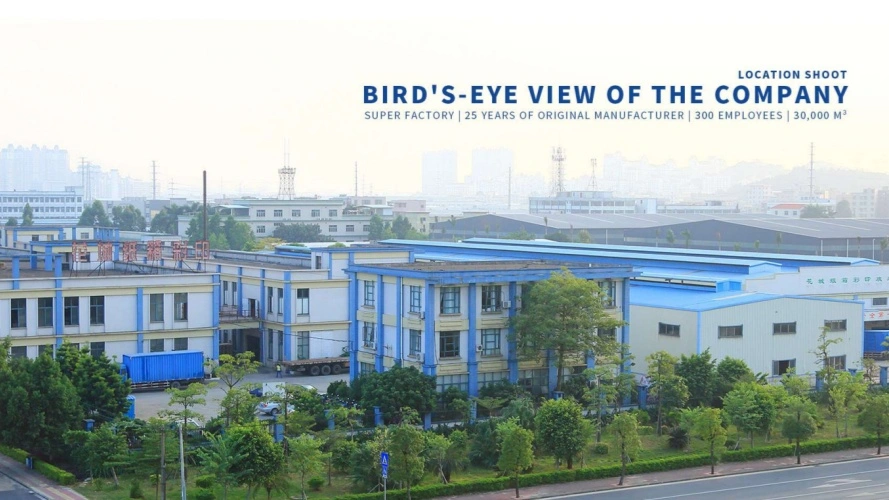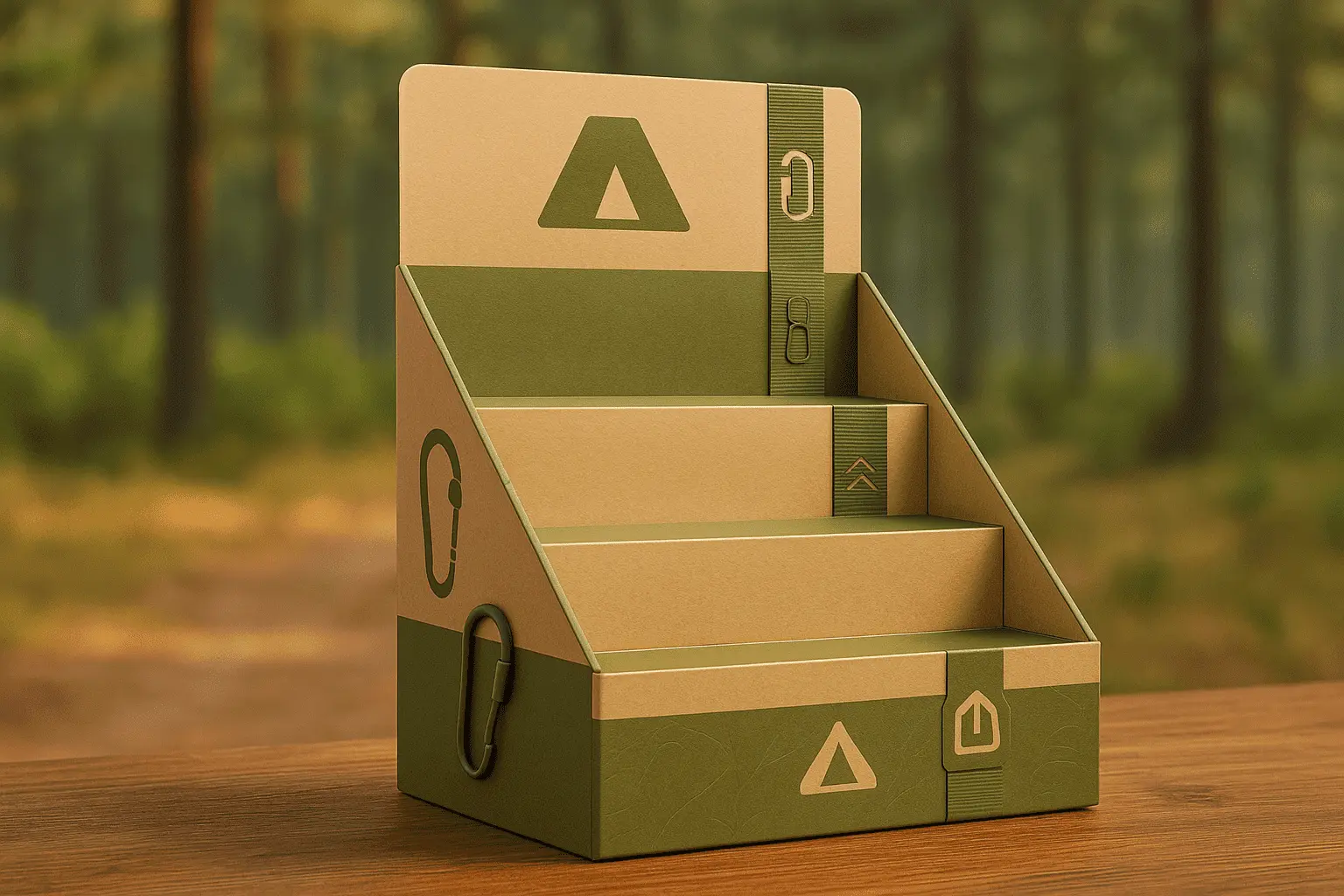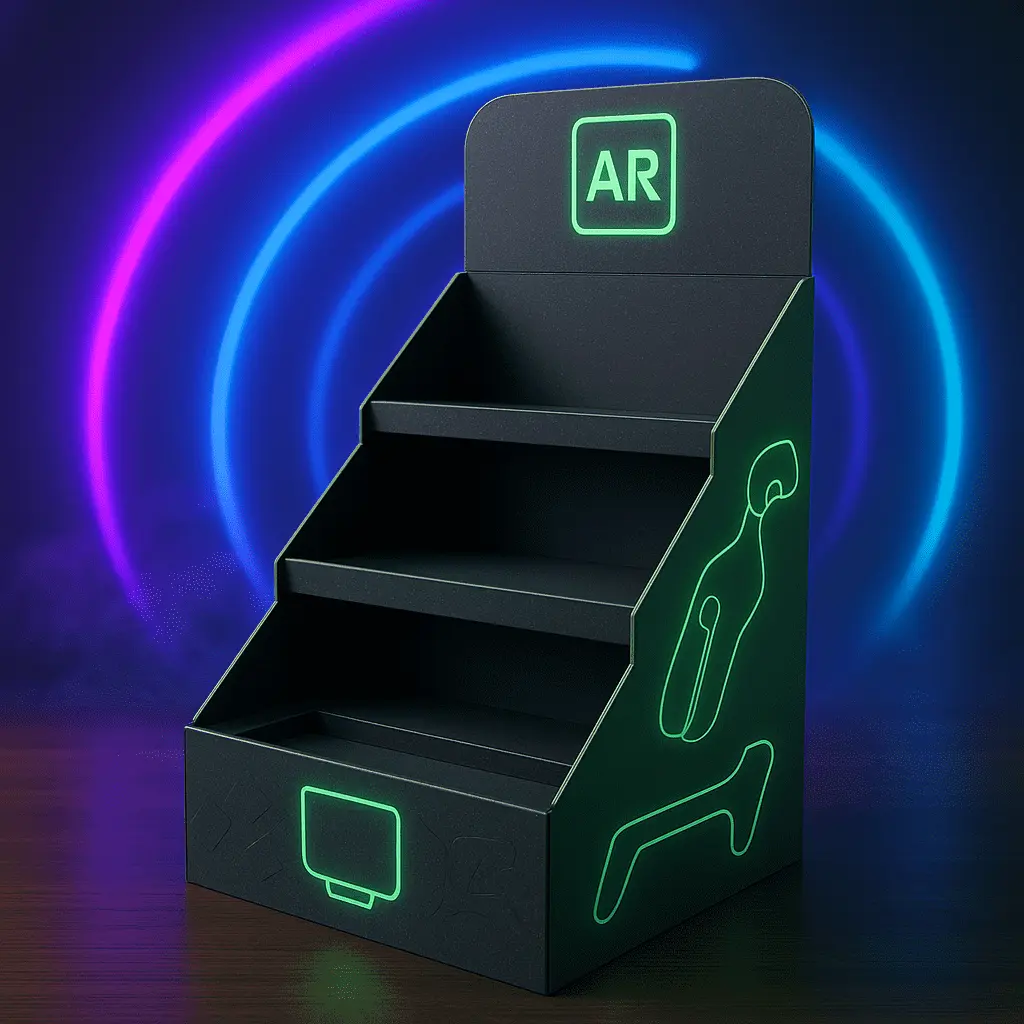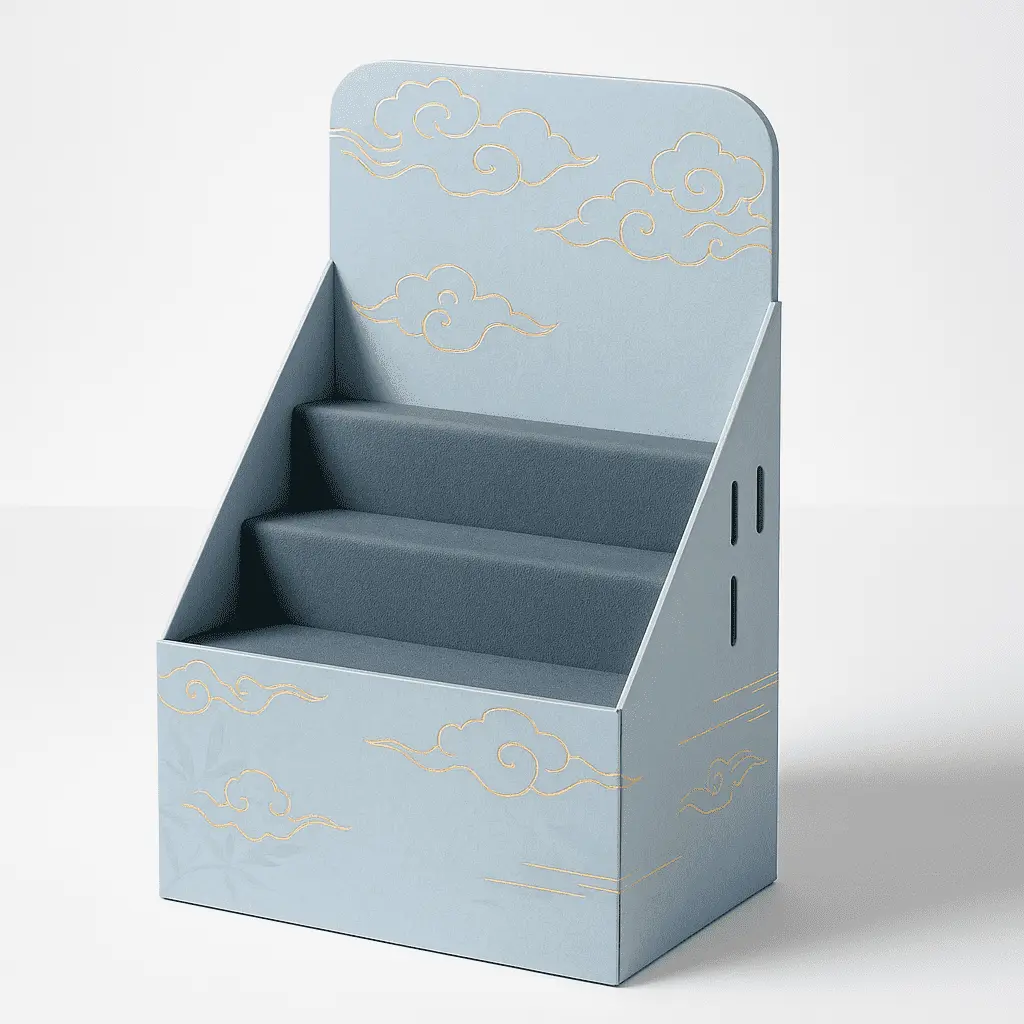Key Design Considerations for PDQ Pallet Displays
Visual Impact and Brand Consistency
When designing PDQ pallet displays, visual impact is paramount. The display should immediately capture shoppers' attention and effectively communicate the brand message. Color schemes, graphics, and typography must align with the brand's identity while standing out in a crowded retail environment. Designers often utilize bold colors, high-contrast elements, and eye-catching imagery to create a visually appealing display that draws customers in.
Brand consistency across all elements of the display is crucial for reinforcing brand recognition. This includes using consistent logos, color palettes, and messaging that resonate with the target audience. A well-designed PDQ pallet display serves as a silent salesperson, conveying the brand's values and product benefits at a glance.
Product Visibility and Accessibility
Effective PDQ pallet displays prioritize product visibility and accessibility. The design should showcase products in an organized and attractive manner, making it easy for customers to see and reach the items they want. Strategic placement of products at different heights and angles can enhance visibility and encourage interaction.
Designers must consider the flow of customer traffic and ensure that the display is easily approachable from multiple angles. Clear product labeling and pricing information are essential components that facilitate quick decision-making for shoppers.
Structural Integrity and Durability
The structural design of PDQ pallet displays is critical for ensuring stability and durability throughout the display's lifecycle. Designers must account for the weight and distribution of products, as well as potential customer interactions. Reinforced corners, sturdy shelving, and proper weight distribution are key elements in creating a display that can withstand the rigors of retail environments.
Material selection plays a significant role in structural integrity. Corrugated cardboard, recyclable plastics, and sustainable wood materials are popular choices that offer a balance of strength, cost-effectiveness, and eco-friendliness. The design should also consider ease of assembly and disassembly for efficient setup and breakdown in stores.
Manufacturing Processes for PDQ Pallet Displays
Material Selection and Preparation
The manufacturing process begins with careful material selection based on the design requirements and budget considerations. Common materials include corrugated cardboard, paperboard, plastic, and wood. Each material offers unique properties in terms of strength, printability, and sustainability.
Once materials are selected, they undergo preparation processes such as cutting, shaping, and treatment to ensure they meet the specific needs of the display design. This may involve die-cutting for intricate shapes, applying protective coatings for durability, or treating wood to prevent warping and moisture damage.
Printing and Graphics Application
High-quality printing is essential for creating visually appealing PDQ pallet displays. Advanced printing techniques such as offset lithography, digital printing, or screen printing are employed to achieve vibrant colors and sharp graphics. The choice of printing method depends on factors like material type, production volume, and desired image quality.
Graphics application may also involve additional processes like lamination to enhance durability and protect the printed surface. Some displays incorporate special finishes such as spot UV coating or embossing to add texture and visual interest to key design elements.
Assembly and Quality Control
The final stage of manufacturing involves assembling the various components of the PDQ pallet display. This process may be partially or fully automated, depending on the complexity of the design and production volume. Skilled workers ensure that all parts fit together correctly and that the display meets structural requirements.
Rigorous quality control measures are implemented throughout the manufacturing process to maintain consistency and identify any defects. This includes checks for print quality, structural integrity, and overall appearance. Samples are often subjected to stress tests to ensure the display can withstand the intended load and usage conditions.
Innovative Trends in PDQ Pallet Display Design
Interactive and Tech-Integrated Displays
The integration of technology into PDQ pallet displays is an emerging trend that enhances customer engagement. Interactive elements such as touch screens, QR codes, or augmented reality features can provide additional product information, promotional content, or immersive brand experiences. These tech-enhanced displays create memorable interactions that can significantly impact purchasing decisions.
Some innovative designs incorporate digital signage or LED lighting to create dynamic, attention-grabbing displays that can be updated remotely. This flexibility allows retailers to adapt messaging and promotions quickly without replacing the entire display structure.
Sustainable and Eco-Friendly Solutions
As environmental concerns become increasingly important to consumers, PDQ pallet display design is evolving to incorporate more sustainable practices. This includes using recyclable or biodegradable materials, implementing designs that minimize waste, and creating displays that can be easily disassembled for recycling at the end of their lifecycle.
Some manufacturers are exploring innovative materials such as recycled ocean plastics or agricultural byproducts to create eco-friendly displays. These sustainable options not only reduce environmental impact but also appeal to environmentally conscious consumers and align with corporate sustainability goals.
Modular and Adaptable Designs
Flexibility in retail environments is driving the development of modular PDQ pallet displays. These versatile designs allow for easy reconfiguration to accommodate different product sizes, seasonal changes, or varying store layouts. Modular components can be mixed and matched to create custom displays that maximize space utilization and adapt to changing retail needs.
Adaptable designs also extend the lifespan of displays by allowing for easy updates or replacements of specific components. This approach reduces costs and waste associated with frequently changing entire display units, making it an attractive option for both retailers and brands.
Conclusion
PDQ pallet displays are powerful tools for enhancing product visibility and driving sales in retail environments. By focusing on key design considerations and leveraging advanced manufacturing processes, businesses can create impactful displays that effectively showcase their products. The ongoing evolution of PDQ pallet display design, incorporating interactive technologies, sustainable materials, and modular concepts, demonstrates the adaptability of this marketing solution to meet changing consumer expectations and retail challenges. As the retail landscape continues to evolve, innovative PDQ pallet displays will remain essential in creating engaging shopping experiences and driving brand success.
Contact Us
Ready to elevate your retail presence with custom PDQ pallet displays? Our expert team at Guangzhou Huadu Fetching Color Printing and Packaging Co., Ltd. is here to bring your vision to life. We offer tailored solutions that combine innovative design, quality manufacturing, and sustainable practices to create displays that captivate customers and boost sales. Contact us today at support@fetchingprinting.com to discuss your project and discover how we can help you make a lasting impression in the retail space.





